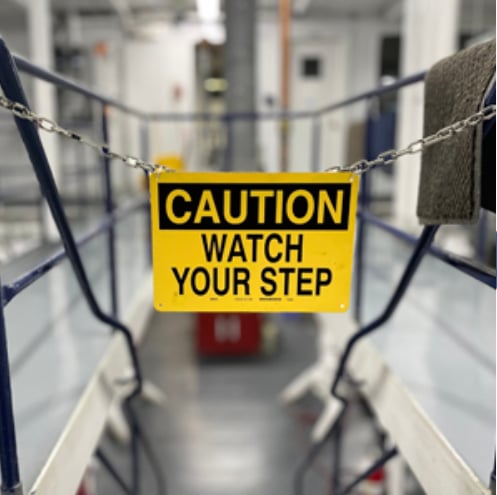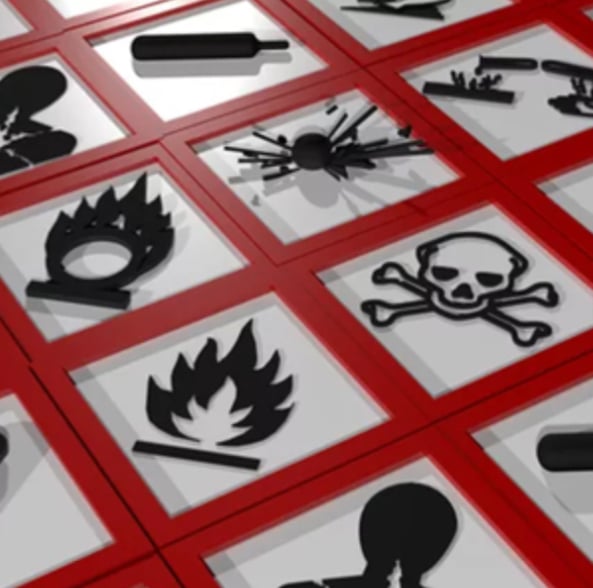
PPE: Hand Protection
PERSONAL PROTECTION || Hand Protection Volume 2 Fast 100 Issue 7G-1
More than 500,000 employees are sent to the emergency room annually for hand injuries. Although many hand injuries are preventable, workers should be alert to common dangers and the ways that gloves can prevent hand injuries. Workers can be exposed to hand injuries from tasks, activities, or areas involving the following:
• Exposure to hot substances, sparks, flames, or electrical hazards
• Handling asbestos-containing materials, lead-based paints, or human or animal
wastes
• Work with sharp tools, knives or duct work
• Handling sharp materials such as sheet metal or glass
• Pouring, washing, or spraying chemicals or materials
• Handling materials with protruding nails
➢ Workers need to recognize hazards to their hands when working with sharp tools or knives.
➢ Proper handling of sharp materials such as sheet metal or glass is important but may not be enough to prevent cuts, abrasions, or even amputations.
➢ New glove technology is available and workers may be able to use metal mesh, Kevlar, or other forms of specially coated gloves to handle glass, sheet metal, or even when performing fine work such as using knives.
➢ Workers handling asbestos-containing materials, lead-based paints, or other contaminated materials may need to use gloves specific to the type of chemical. Not all chemical resistant gloves are safe to use with all materials!
➢ Pouring concrete, washing brickwork or masonry, or spray coating and staining cement may require chemical resistant gloves.
➢ Work with hot substances, sparks or flames requires the use of heavy duty leather or fire retardant material.
➢ Work with potentially energized or live electrical equipment will require gloves that are rated for a specific voltage range.











